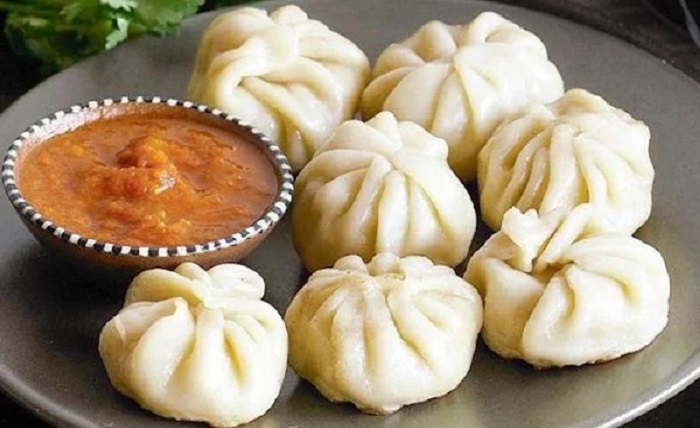The Everest Momo: A Delicious Treat from the Himalayas

Momo is a popular dish in Nepal, India and Tibet. It is made of steamed dumplings filled with vegetables or meat and served with spicy sauces. The Everest momo has become increasingly popular due to its unique flavor that combines traditional Nepalese flavors with modern twists. In this article, we will explore what makes the Everest momo so special and why it’s worth trying if you ever find yourself in the region.
What Makes the Everest Momo Special?
– Unique Flavor: The Everest momo stands out for its unique blend of spices and herbs which give it an unforgettable taste unlike any other kind of momos found elsewhere in South Asia. This includes ingredients like ginger, garlic, cumin powder, coriander leaves as well as chili flakes for those who prefer their food spicier!
– Authenticity: Unlike many restaurants around Kathmandu Valley serving up “Everest” style dishes, these momos are actually prepared by locals living near Mount Everest itself – giving them an added authenticity not found anywhere else!
– Variety: There are several different types of fillings available when ordering your own plate of everest momos such as chicken/mutton mincemeat (keema), cheese & potato mix (aloo) or even vegetable filling (tarkari). Each one offers something slightly different but all equally delicious!
Benefits Of Eating The Everesr Momo :
– Health Benefits: As mentioned before, there are various health benefits associated with eating this type of dish including increased energy levels due to high protein content as well as improved digestion thanks to fiber present within each bite. Additionally they also contain vitamins B6 & C along with minerals such as iron & magnesium making them a great choice for anyone looking to stay healthy while traveling through Nepal or Tibet!
– Cultural Experience: Trying local cuisine can be a great way to learn more about another culture; sampling some authentic everest momos is no exception here either! Not only do you get to enjoy some delicious food but also gain insight into how people live their lives at higher altitudes where temperatures drop significantly during winter months – providing valuable knowledge that cannot be gained elsewhere without visiting first hand.

